Learn the best ways to teach sight reading to your piano students (plus a handy checklist to download)
“Can I do some sight reading today? It’s my favourite thing to do!” I’m sure you can count the number of students who say something like this on one hand.
Technical exercises can be seen by students as a boring but necessary part of piano lessons.
Especially for those who are studying for a piano exam.
We’re going to help you prepare them the right way so they feel confident when they walk into that examination room.
TABLE OF CONTENTS
I guarantee that you have certain students who at the very mention of sight reading roll their eyes. They squirm in their seats. They start asking you questions about your week. Anything to put off sight reading.
But why is sight reading such a bore for students?
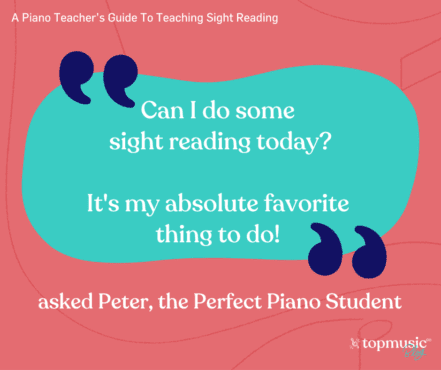
It’s because traditionally…
But if students are taking an exam, or if they’re just wanting to be able to work on new pieces independently, sight reading is a valuable exercise.
There are a few things you can do in your studio to ensure your student don’t dread piano sight reading:
Related: Teaching Gamified Sight Reading
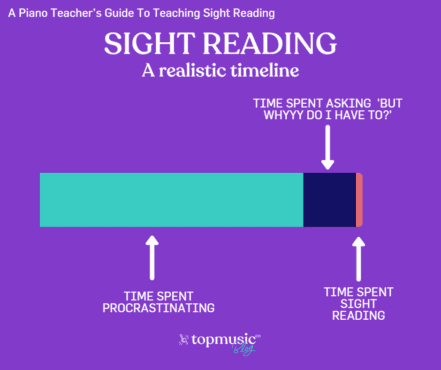
When it comes to being a successful sight reader, it all comes down to how your students prepare. And how they prepare all comes down to how you teach them to prepare.
If they aren’t ready before they start playing, they’re not going to play it to the best of their ability.
Each student will have their own routine and way of preparing. For example, they might
What they do doesn’t really matter, but as their teacher, it’s your job to help them discover what works for them and make sure they do the same thing each time.
Related: For Sight Reading Music Practice Doesn’t Make Perfect
Roberta Wolff wrote on this blog last year about how she encourages her students to lock into the music when they sight read.
Here’s a snippet of what she said…
To help students switch into sight-reading mode, I teach them to lock into the music.
It is a bit like unearthing a fossil. You don’t know exactly what you will find at the start but there are clues which lead to expectations, and soon you know you will reveal at least part of a particular species which will imply the whole.
In music it is the same, we absorb and interpret our clues, develop expectations, spot the central features and although we might not read every note perfectly, we capture the character and flavour of the piece.
What Roberta says about not playing every note perfectly is a fantastic point that you need to drum into your students.
Sight-reading is about feeling the style of the piece, capturing the essence of what the writer has composed and playing the piece through, no matter the mistakes.
Roberta also talks about in her piece about asking her students a question…
What scares you about this piece of sight reading?
Letting your students be vulnerable is great and they will get used to it.
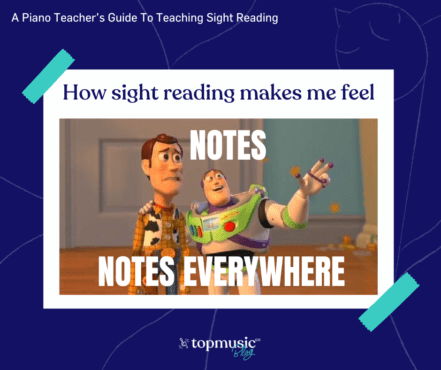
By looking at what your students might be scared about in a piece of music, you can break it apart.
As their teacher, you can help guide them in analyzing the music:
Breaking tasks into smaller chunks is more manageable for those students that get overwhelmed by sight reading.
Related: Can Tetris Help Your Sight Reading
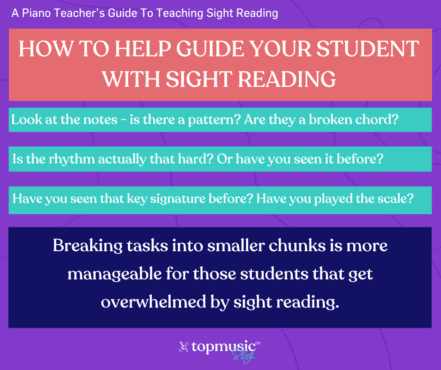
To help your students break down sight-reading into smaller chunks, we have a checklist for you. These are 10 things every piano student should do before they even attempt to sight-read a piece of music.
Give each of your students copy, let them scribble on it, highlight things, and leave it next to their piano.
The more times they work through the checklist, the more confident they will be when sight-reading in an exam situation. They’ll be able to run through the checklist in their head and give a confident performance that will impress the examiner.
Here are the first five steps, enter your details below for a free download of a PDF document featuring all 10 steps.
You can print this out as many times as you like, give one to your students and tell them to stick it near their piano – this way they can look at it and digest it every time before they practice their piano sight reading (and hopefully they practice!).
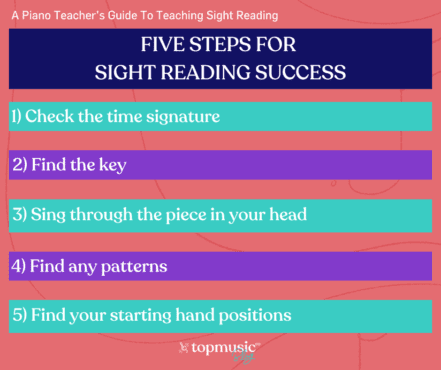
Hopefully, this has shown you how you can help your students find sight reading less intimidating and more enjoyable!
With the checklist by your students’ sides, this should make practicing sight reading a much less terrifying proposition and set them in good stead should they be sight reading in a music exam.
And remember: as their teacher, make sure you’re choosing sight reading tasks that match your students’ abilities.
Do you have any other sight-reading tips? I’d love to see them – comment below.
Enter your details and download my 10 Step Checklist for Sight Reading Success.
TopMusicPro members, there’s no need to enter your details. You can already find the download in the Resource Library.
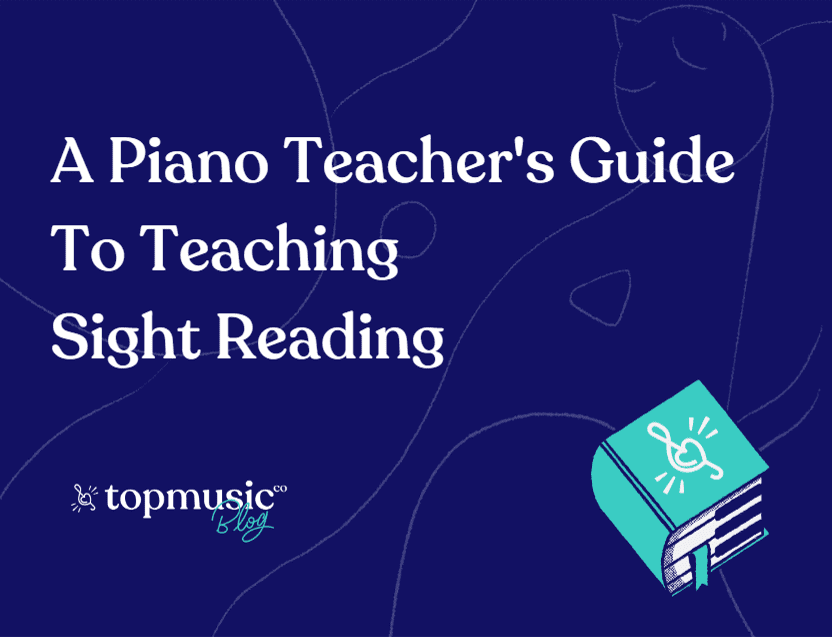
ROSALIND KENNEDY-TOWNSEND says:
Looking forward to exploring your site more!
Rebecca Stewart says:
Such a valuable thing to have an appropriate book for them to work through at home. Parents also like the tangible checklist for how to look at the piece before you start playing.
Tonya Statler says:
In addition to playing the scale in the key, I also ask them what the primary chords are in that particular key. (once they’ve learned that, of course.)
Tim Topham says:
Yes. Great approach. And get them to play those chords in the LH first?
Margaret says:
Hi Tim – great list, but you forgot one thing!! I think it is super important to look at the title first! (I liken it to reading a new book.) And the composer too … those 2 things can tell you a lot before you even get to the rest … 🙂
Tim Topham says:
You know what, Margaret? You’re right! students should check out the title.